Pepe Serra
At a very early age I became interested in art, to be precise, painting. When I was four years old, I already had a passion for visiting museums, and you know, that is no exaggeration. […] At the age of 15 I saw a photo exhibition at the Flechtheim Gallery: portraits of the photographer Hanna Riess, and as I liked them so much I decided to study photography (Marianne Breslauer, Retrospektive Fotografie, 1979).
The exhibition, Marianne Breslauer. Photographs 1927-1938, is showing in the modern art galleries of our museum until January 29. It is the result of comprehensive research by her chief curator, Mercedes Valdivieso, on the life and work of this German photographer. It is the first time that this entire work is shown in our country.
Following the explanations of the curator herself, both in the press and in the text of the catalogue, we can take a tour of the exhibition:
Breslauer’s career, began in a enlightened, Jewish, bourgeoisie family, but was cut short when she was forced into exile when National Socialism came into power, in 1933. She left a body of work spanning from 1927 until 1938, which became part of the so-called New photography.
I imagine my photos had a certain poetry. They had nothing to do with the new objectivity, which was in vogue in the 2Os. There is something, as I said, much more poetic in my photos and to this day I am pleased about that, (Marianne Breslauer, Bilder meines Lebens. Erinnerungen, 2009).
This exhibition aims to give special attention to the photographs she took during a trip with writer and Swiss journalist Annemarie Schwarzenbach, to Spain and Andorra in the spring of 1933. In this part of the exhibition we can see how naturally Breslauer worked as a press photographer.
Women photographers were mainly busy in their studios, photographing people, children at Christmas or engagements, that was acceptable for a woman, whereas what interested me, was what you later called reporting or press photography that was in its infancy at the time (Breslauer, 2009).
The trip
Thanks to the detailed notes that Breslauer took, we can reconstruct the course of this trip and accurately date her photographs. On May 14, 1933, starting in Girona, they passed through Barcelona, Sant Cugat, Montserrat, Puigcerdà, Andorra, Huesca, Pamplona, San Sebastián and Loyola.
The trip lasted two weeks, they travelled through the Pyrenees from east to west, possibly influenced by a well-documented trip taken years earlier by the writer and journalist Kurt Tucholsky, in his work Ein Pyräneenbuch (‘A book on the Pyrenees’).
Among the places they visited, the monastery in Sant Cugat del Vallès stands out. Here we can see Schwarzenbach in a cloister taking notes that would afterwards be used to write her articles.
In these photographs we can see Marianne Breslauer’s particular approach that does not focus on grand monuments, with the exception of Girona and Montserrat, but fixes her gaze on small details or characters that draw her attention.
A good example of her style can be seen in the photographs taken in Barcelona where, unlike a traditional reporter, she photographs the geese in the cathedral’s gothic cloister and the people enjoying a sunny day on the beach.
In particular the pictures of the white Mercedes, in which they made their trip, stand out and that must have left people open-mouthed as it passed by. The photographs of the children, later used by Schwarzenbach to illustrate her article on how children in the Pyrenees lived, also stand out. These were later published in a Swiss magazine. These snapshots show the coexistence of two opposite worlds: a traditional, isolated way of life, contrasting with new life, overflowing with modernity.
They spent most of their time in Pamplona, influenced by the success of Hemingway’s novel Feast, translated into German in 1928. As Breslauer says in her memoirs, they wanted to “feel the atmosphere that Hemingway had so impressively described”.
The photographs from this trip were the result of the commission of the Berlin agency Academy, but they were not shown in Germany, with some exceptions, due to the political changes developing there. The agency asked Breslauer to sign the work with the pseudonym Annelise Brauer, but she refused.
After several incidents due to a forced exile, Breslauer almost left the profession, with the only exception to make reproductions of works of art for her husband’s art dealership.
Despite Breslauer’s short career, her work has become part of the history of photography. We invite you to discover it in the modern art galleries in the Museu Nacional d’Art de Catalunya.
Recommended Links
Catalogue of the exhibition Marianne Breslauer
News media (in Spanish)
El MNAC muestra por primera vez la fotografía de Marianne Breslauer, La Vanguardia
Marianne Breslauer, la fotógrafa judía que huyó de los nazis, Cambio 16
Marianne Breslauer, once años de Nueva Fotografía, Mas de Arte
Marianne Breslauer regresa a España, Babelia, El País
Director del Museu Nacional

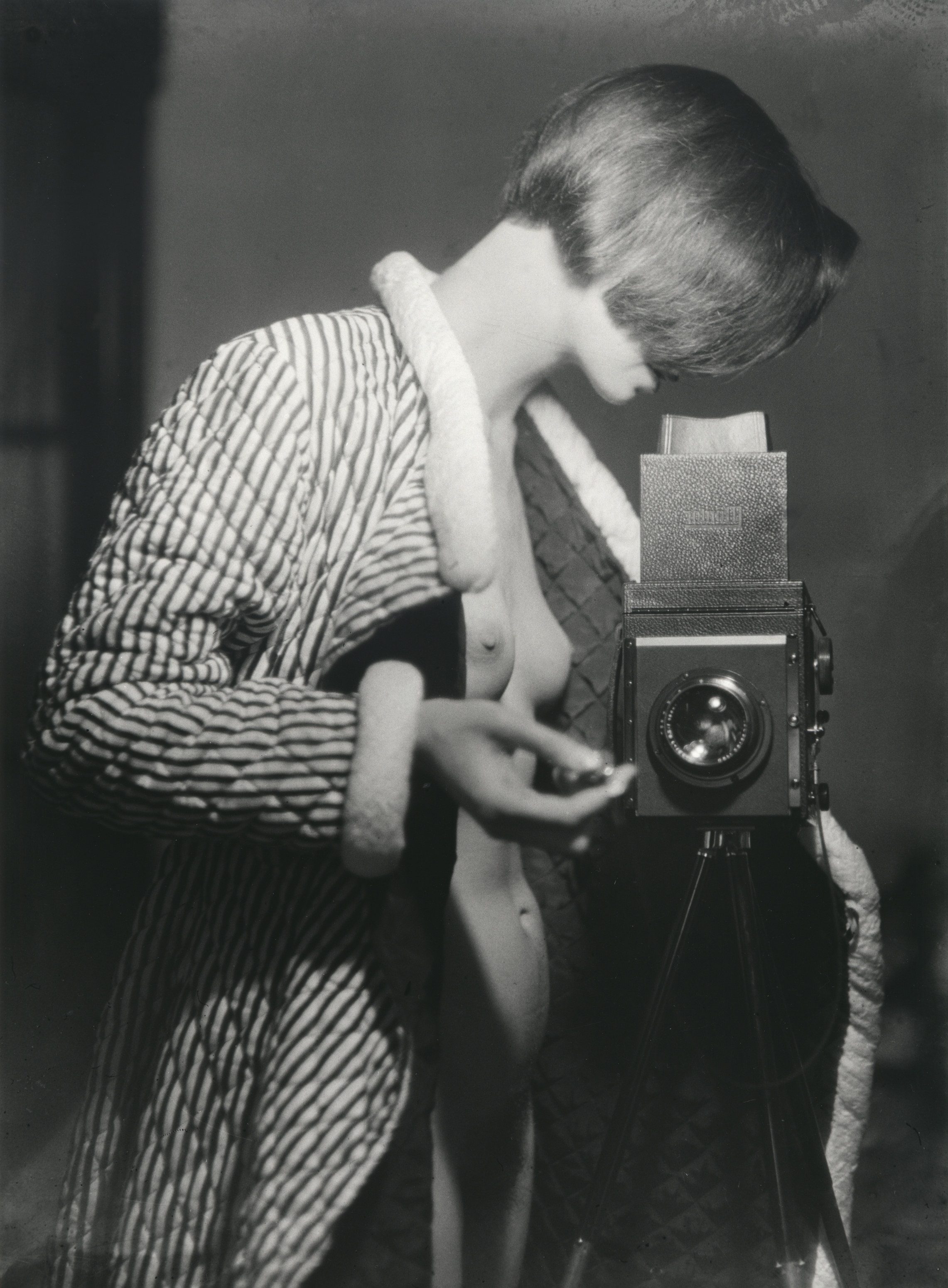

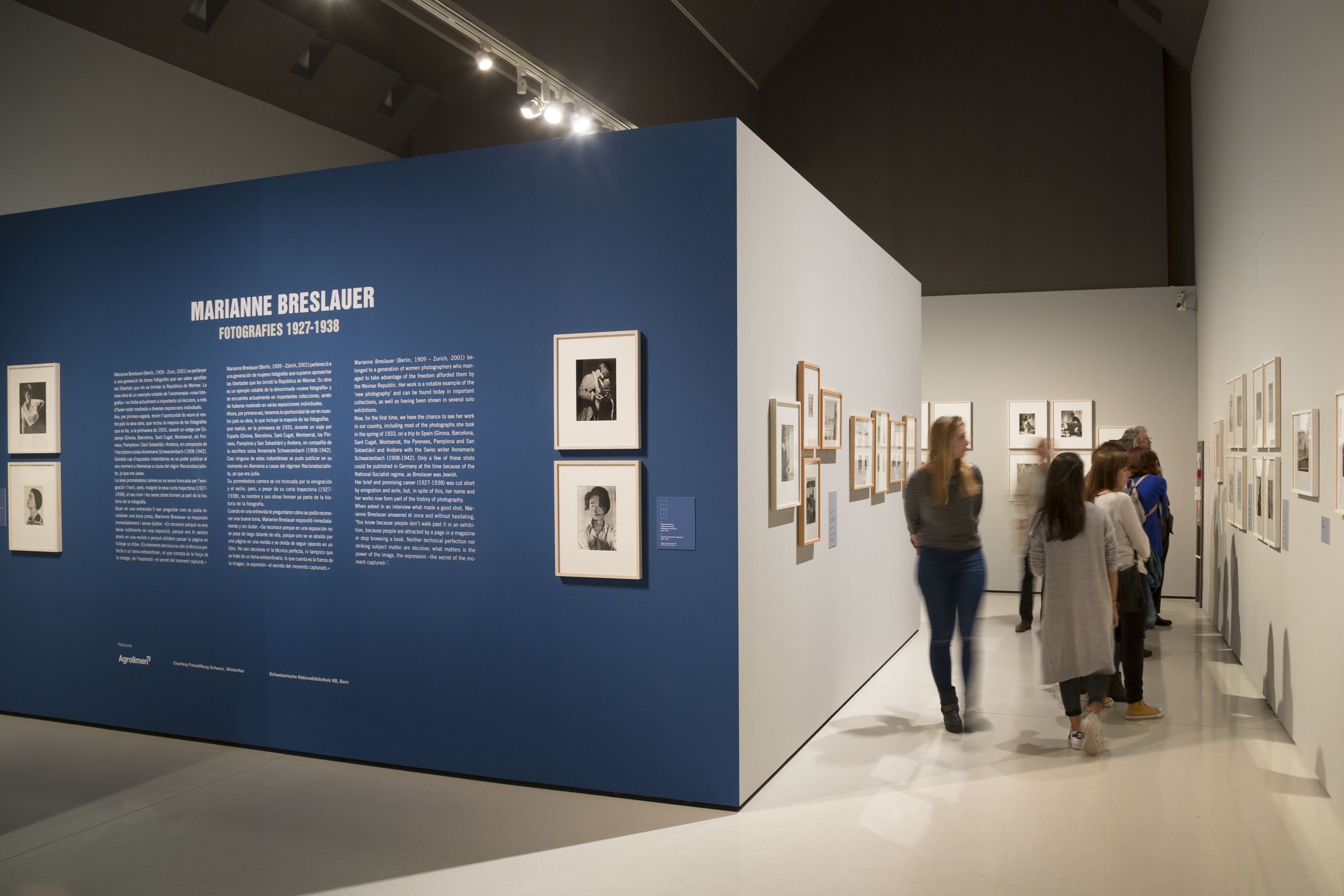
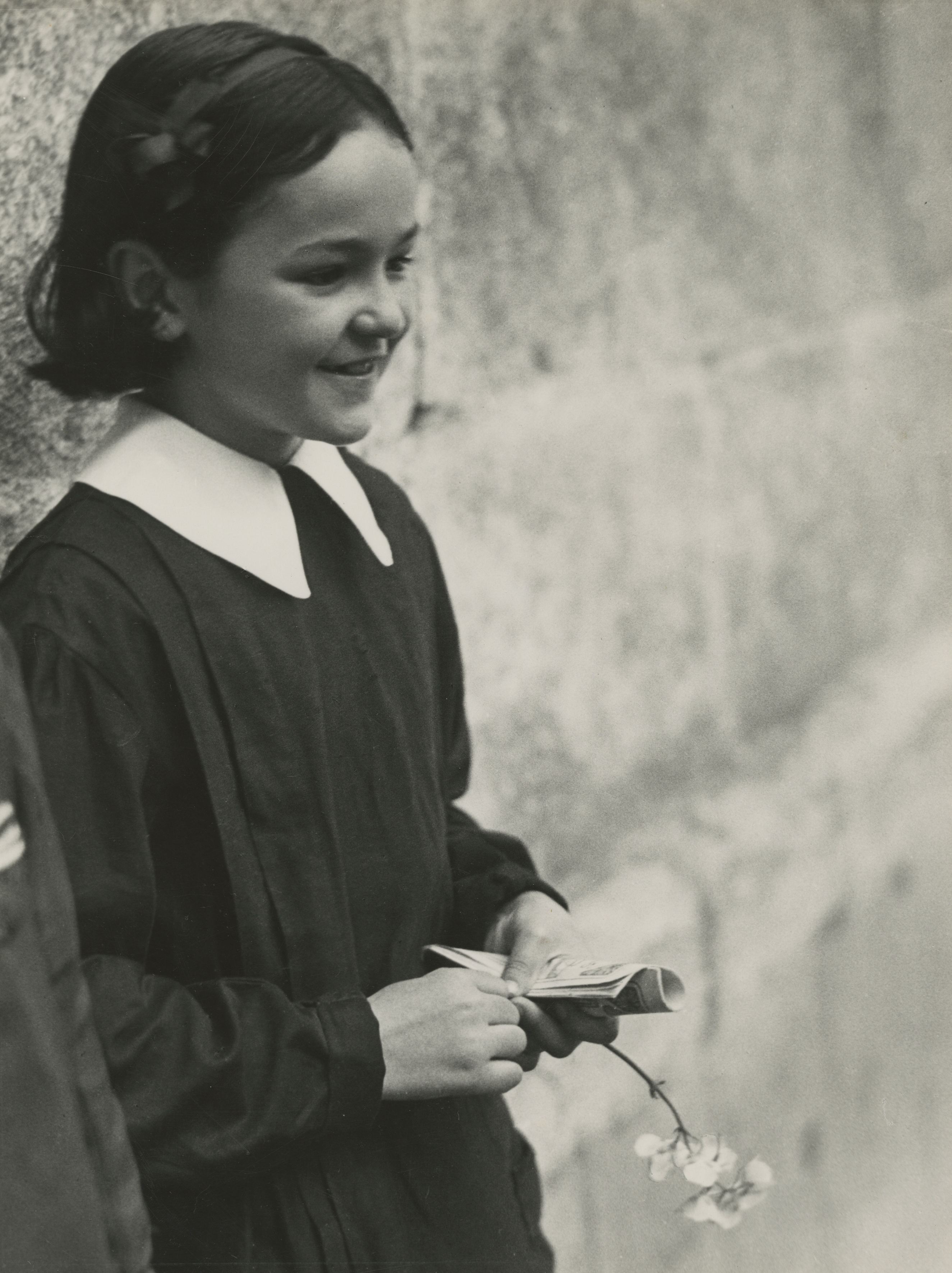
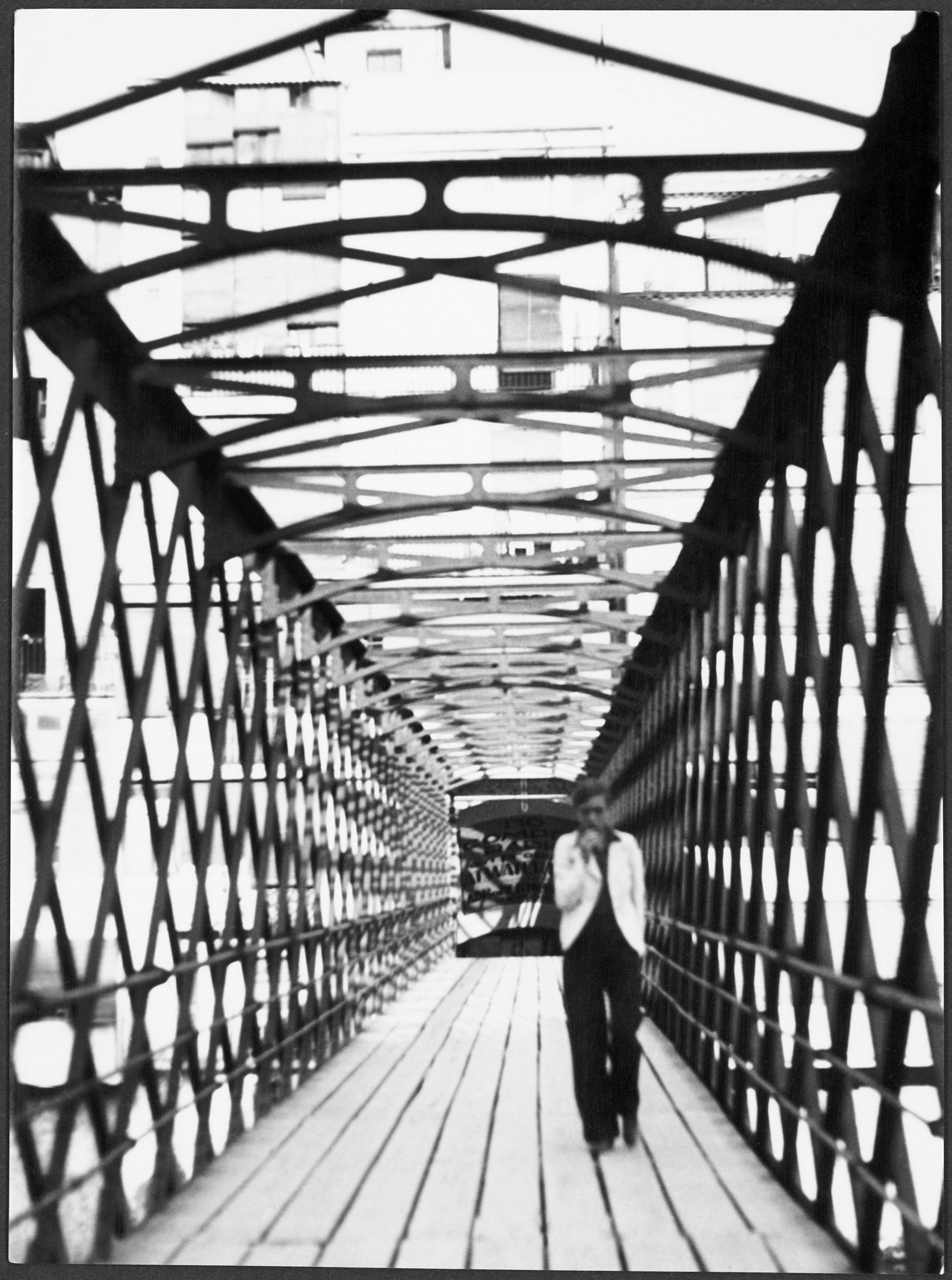

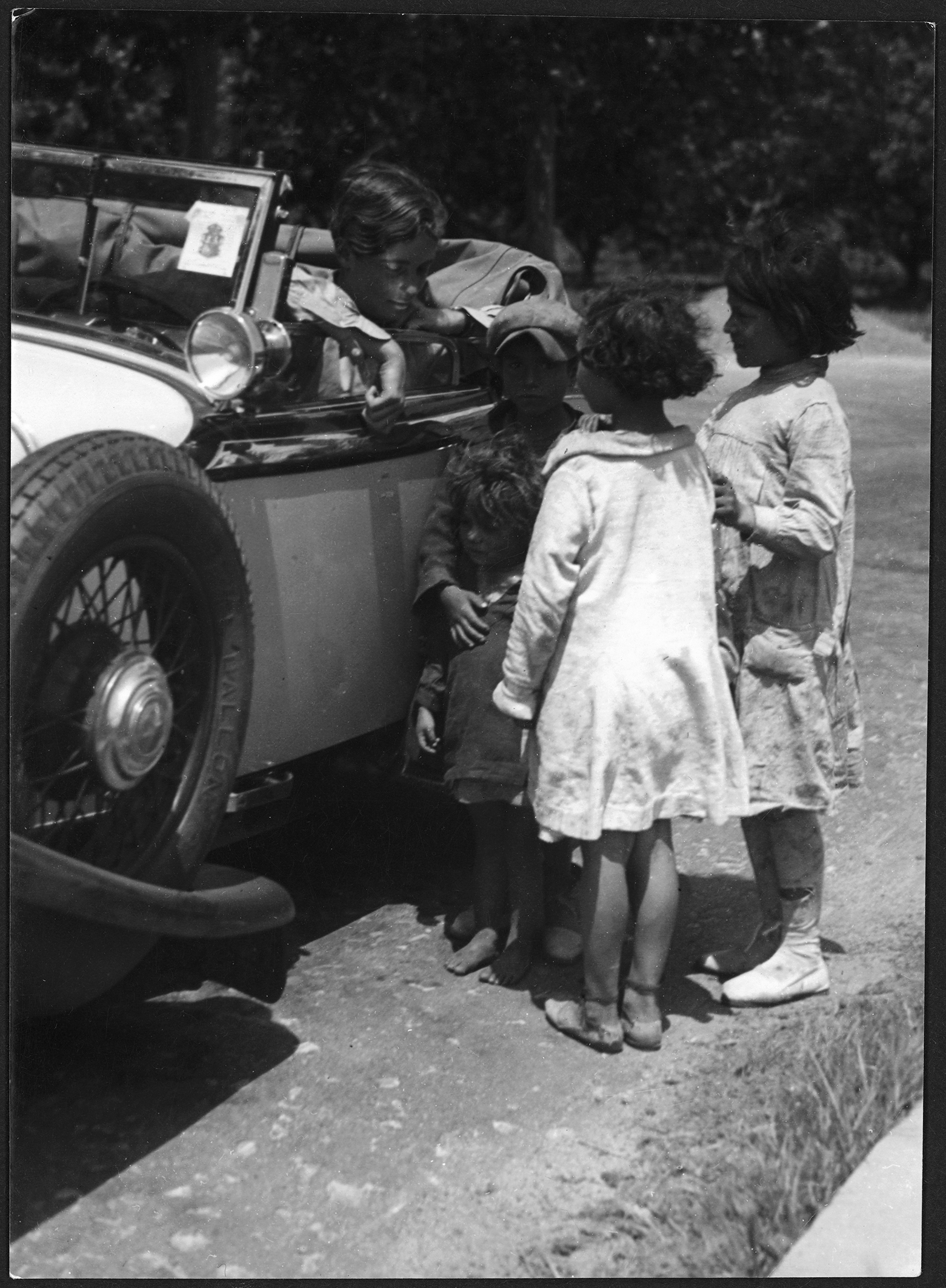
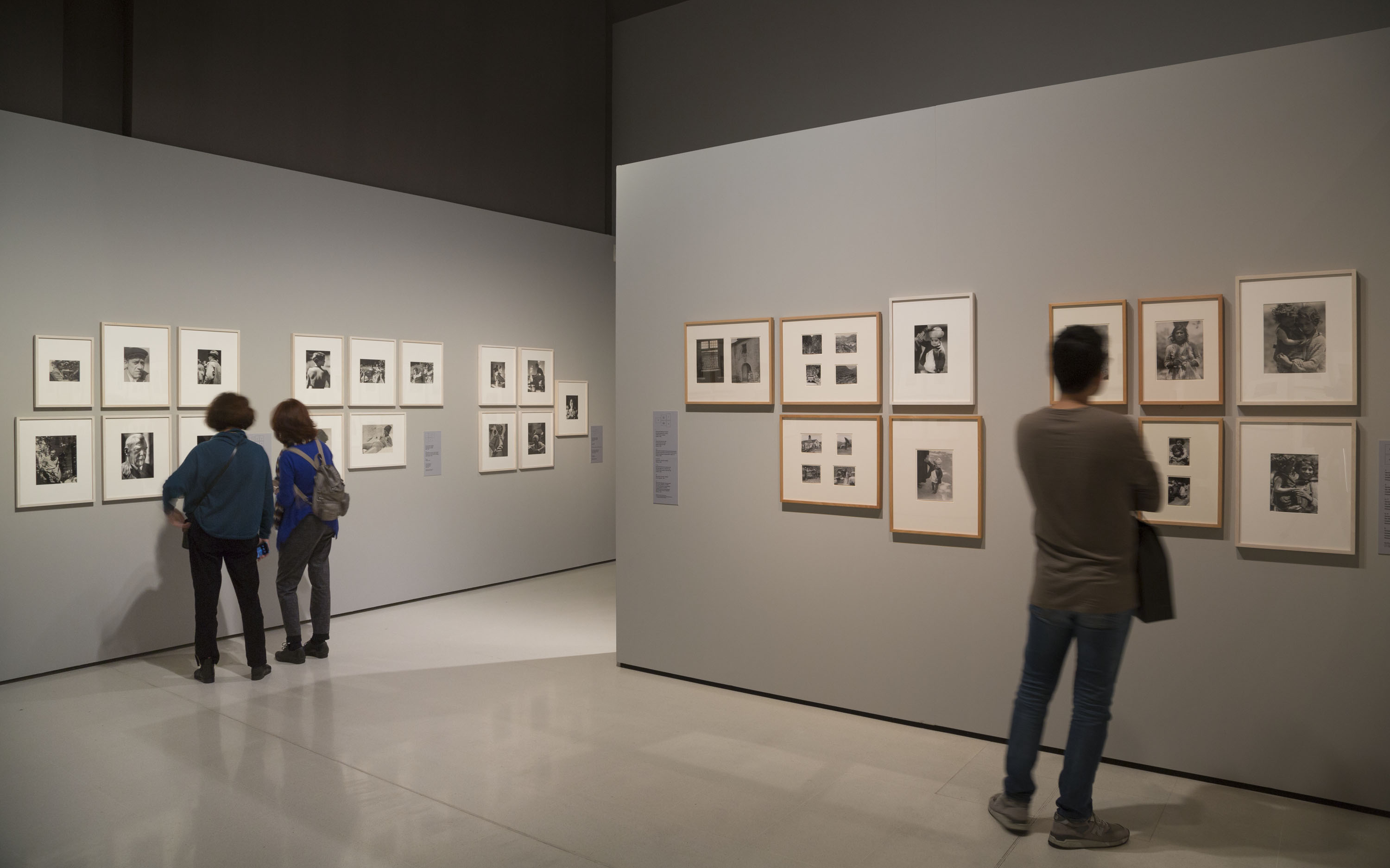







2 Comments
[…] Foto gevonden bij Museu Nacional d’Art de Catalunya. […]
[…] Foto gevonden bij Museu Nacional d’Art de Catalunya. […]